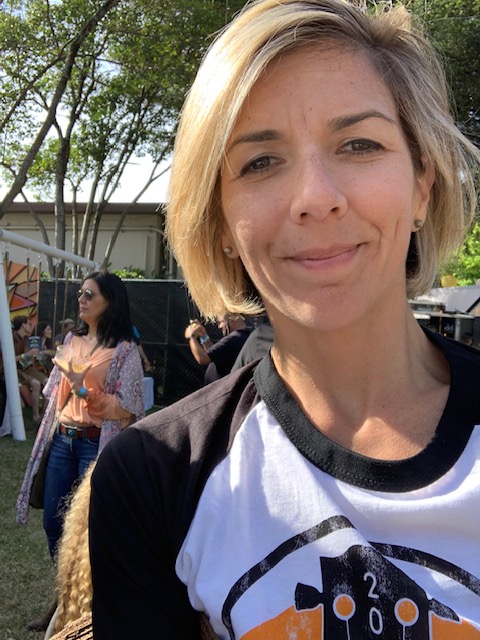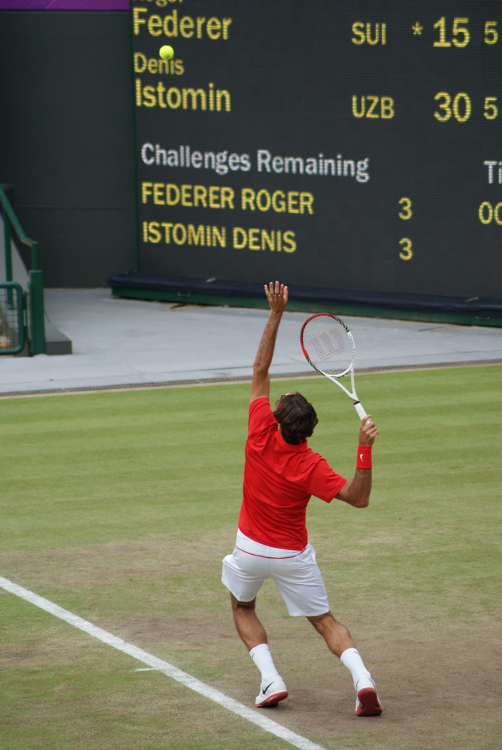By Dr. Kaiya Ansorge
What is a koan?
A koan is a phrase or word that is used in meditation to train the mind. Usually, the koan is somewhat puzzling in order to invite the mind to open in unusual ways. In fact, the term is often translated as “riddle.”
Koan literature involves enigmatic sayings or questions that, when meditated upon continuously, are meant to resolve in specific ways that indicate the path of insight for the initiate. On the other hand, other traditions assert that koans are not meant to be resolved but are instead ways to open us to a contemplative relationship with ephemera in the mind—rather than rational, problem-solving approaches.
The history and development of koan meditation is complex and reaches back to ancient China. However, this form of meditation can be modified to help those of us who are not planning to become Buddhist monks or scholars. We can use koans in their original formulations, or we can develop forms inspired by that practice but that are applicable and relevant to modern life, such as video meditations.
Why practice koan meditation?
The main reason to practice koan meditation is because we all practice it every day without awareness that we are doing so. All of us have thoughts—even if we think in images. These thoughts function in much the same way as a koan. Whether we consciously choose our thoughts or we unconsciously do so, we are in a continual process of training our minds. The stories and thoughts that we tell ourselves are the ones that we increasingly believe. Koan meditation brings our awareness to this process and invites us to explore further. Koan meditation slowly teaches us how to choose, question, and transform our perception of the world. However, this is not hypnosis: rather than putting us to sleep, koan practice wakes us up to a larger, more beautiful reality.
Some traditions assign a lifelong koan. The cognate of this for non-monastics is that each of us is “assigned” a specific dilemma or approach to life at birth or through early trauma/socialization. Most of us will have more than one koan that has arrived and situated itself in our preconscious mind. These range from “you are not good enough,” “you are too much,” even “I hate you,” or “you shouldn’t have been born” all the way to “freedom,” “love,” “joy,” or “you are made of love.” These voices within our mind can be explored and dismantled if they are detrimental and then replaced by ones that are natural to the divine nature within each of us. The degrading messages are always from an early hurt. The messages that feel freeing—or like a peaceful home—are the ones that are true to our nature.
How can you incorporate koan meditation into your practice?
Steps for koan meditation
1. Choose how you would like to practice. Would you like to do a seated, lying down, or walking meditation? You may even choose a non-traditionally Buddhist practice such as swimming or writing meditation. Many Buddhists use koans as a continual contemplation throughout their regular daily activities.
2. Choose a koan. You may use a traditional koan such as “What is the sound of one hand clapping?” Or you may want to try koans you discover via a source such as Moti Media’s video series on koan meditation. Or you may choose a poem or a phrase that you want to move from your mind to your entire being. Affirmations and prayers are potent with this practice.
Here is a list of koan sources and ideas:
– Traditional sources are the “Blue Cliff Record” (Pi-yen lu) and “The Gateless Gate” (Wu-men kuan).
– Poems by Mary Oliver are especially helpful for those who practice in nature.
– Choose prayers from your religious background or, even better, from another religion in order to expand your consciousness and challenge it in a way that mystify you and open you to new vistas.
– A new way to engage koan meditation is through short exploratory videos such as “What’s There?” “Pursuit of Heavens,” and “Cycle.”
3. Gently rest your mind on your chosen koan as you meditate.
4. When you notice your mind drifting from the koan, you may follow the thoughts but with awareness, or you may return your thoughts gently to the koan. I find it helpful to mix these two approaches: as my mind explores the trajectories of the koan I watch, but if I find myself wandering off-topic or toward judgmental trajectories, I acknowledge the stray thoughts, thank them, and return to the koan.
5. As you watch your thoughts around the koan, allow yourself to notice those thoughts while cultivating interest and releasing judgment. Rhythmic, gentle breathing helps us transition our judgmental or anxious thoughts into a pattern of calming embrace and release.
6. As you close your session, offer gratitude or love to the koan, to your mind, and finally to your body for this session.
Life is made of koans. These koans come to us in the form of personal, interpersonal, and cultural tensions and puzzles. By learning how to work with koans in meditation, we begin to translate our approach to the challenges of our own lives through this lens. Koan practice also trains our minds to be flexible and creative, thus imparting flexibility and creativity towards our lives as challenges arise. This type of mindfulness-training delivers us into an unexpected curiosity, freedom, and joy in the midst of life’s dilemmas and challenges: in other words, we become riddled with wonder.
——————
Editor’s note: This is a guest post by Dr. Kaiya Ansorge. Kaiya is academically trained in psychology, philosophical theology, and religion. She teaches at the University of South Dakota. Because Kaiya loves to explore the spirituality of place, she has lived, studied, written, and traveled her way through 24 countries, spread across 5 continents. Her previous works include The Nature of Miracle, The Relationship between the Word and the Thing, “How to Use the 7 Chakras to Get in Touch with Personal Vitality,” and “Ascension: a Different Kind of Gravity.” Kaiya has appeared in Theology Today, Daily Cup of Yoga, Your Motivational High 5, and on Sunny 93.3, South Dakota Public Radio, and KELO-TV. You can find her through her website or through Facebook.

 Editor’s note: This is a guest post by Alicia Dill, an award-winning author, Army veteran, journalist, and yoga enthusiast. Originally from Missouri, Dill joined the Iowa Army National Guard at the age of 17, right before 9/11, and flew her first mission inside a Chinook helicopter as a journalist to Fort McCoy, Wisconsin, the weekend after the Twin Towers fell. Dill then received a degree in journalism and international studies at the University of Iowa and a masters from the University of Dubuque, and served as a public affairs specialist for the Iowa Army National Guard and then a journalist for multiple Iowa newspapers. As an author, she writes thrillers that draw from her military experience and speak to the strong bonds between sisters in uniform. Her first book, Squared Away, was a 2020 International Next Generation Indie Book Award winner and a finalist for the National Indie Excellence Award, and her second, Beyond Sacrifice, will be published September 7, 2021 from Circuit Breaker Books. For more, see
Editor’s note: This is a guest post by Alicia Dill, an award-winning author, Army veteran, journalist, and yoga enthusiast. Originally from Missouri, Dill joined the Iowa Army National Guard at the age of 17, right before 9/11, and flew her first mission inside a Chinook helicopter as a journalist to Fort McCoy, Wisconsin, the weekend after the Twin Towers fell. Dill then received a degree in journalism and international studies at the University of Iowa and a masters from the University of Dubuque, and served as a public affairs specialist for the Iowa Army National Guard and then a journalist for multiple Iowa newspapers. As an author, she writes thrillers that draw from her military experience and speak to the strong bonds between sisters in uniform. Her first book, Squared Away, was a 2020 International Next Generation Indie Book Award winner and a finalist for the National Indie Excellence Award, and her second, Beyond Sacrifice, will be published September 7, 2021 from Circuit Breaker Books. For more, see  E
E
 Editor’s note: This is a guest post by Anna from
Editor’s note: This is a guest post by Anna from 
